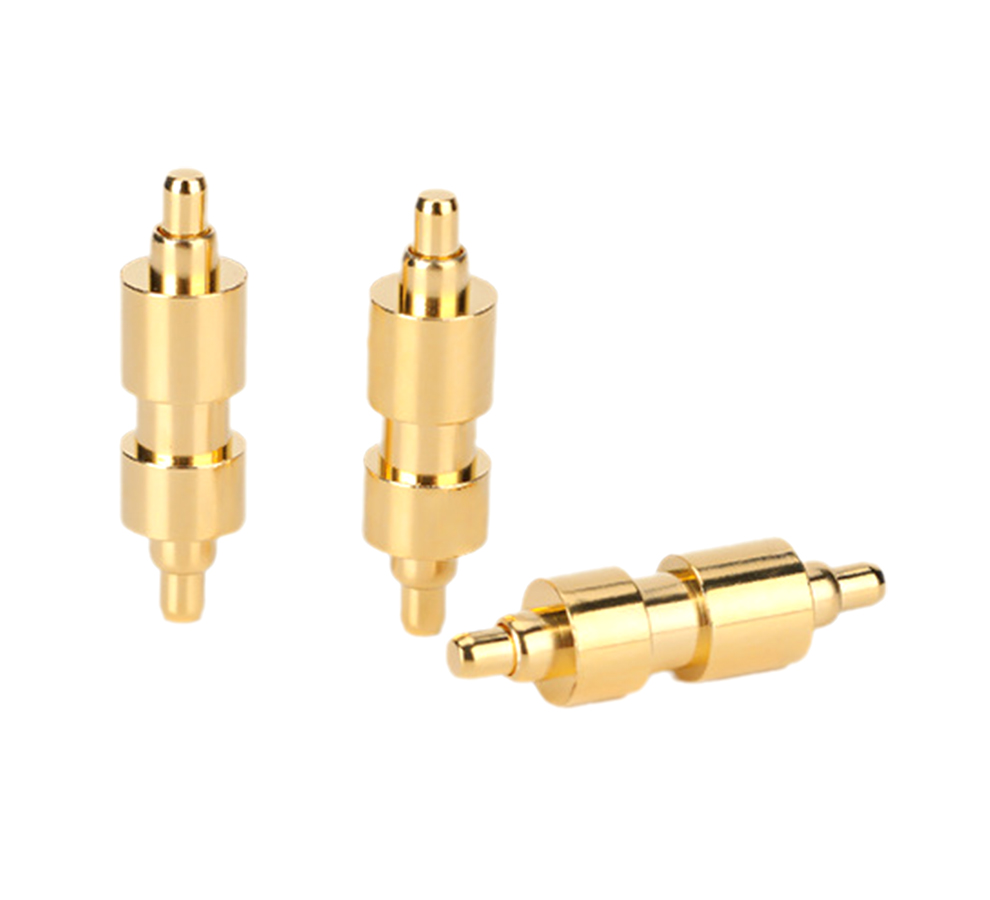Time:2025-05-27 Views:1 source:News

Quality inspection of high-current pogo pins is of utmost importance to ensure their reliable performance in applications where substantial electrical currents are involved. These pins, which are designed to transmit high levels of electrical power, must meet strict quality standards to prevent failures such as overheating, electrical arcing, and connection instability.
The inspection process begins with a visual examination. Inspectors carefully check the physical appearance of the pogo pins, looking for any signs of damage, such as scratches, dents, or deformations on the barrel, plunger, or spring. Surface defects can affect the electrical conductivity and mechanical integrity of the pins. Additionally, the proper alignment of components and the smoothness of the plunger movement are also visually evaluated. Any irregularities in these aspects could lead to poor contact and inconsistent electrical performance.
Electrical testing is a crucial part of the quality inspection. One of the primary tests is the measurement of contact resistance. High-current pogo pins should have extremely low contact resistance to minimize power loss during current transmission. Specialized electrical measurement equipment, such as micro-ohmmeters, is used to accurately measure the resistance between the plunger and the barrel when the pin is in contact. A high contact resistance value indicates potential issues with the pin's material quality, surface finish, or internal connection, and pins that do not meet the specified resistance criteria are rejected.
Another important electrical test is the current-carrying capacity test. Pogo pins are subjected to a series of tests where increasing levels of electrical current are passed through them. The pins are monitored for signs of overheating, such as temperature rises beyond the acceptable limit, and any abnormal electrical behavior, like voltage drops or arcing. This test helps determine the maximum current that the pogo pins can safely carry without degrading their performance or causing damage. Pins that fail to withstand the required current levels are removed from the production batch.
Mechanical testing also plays a significant role in quality inspection. The spring force of the pogo pins is measured to ensure that it falls within the specified range. An appropriate spring force is essential for maintaining a stable electrical connection under different operating conditions. If the spring force is too weak, the pin may not make proper contact, while an overly strong spring force can cause excessive wear on the mating components. Additionally, durability tests are conducted, where the pogo pins are subjected to a large number of insertion and removal cycles to simulate long-term use. Pins that show signs of fatigue, such as reduced spring force or mechanical failure. Through comprehensive quality inspection, manufacturers can ensure that high-current pogo pins meet the stringent requirements for reliable and safe electrical connections in various applications.
Read recommendations: